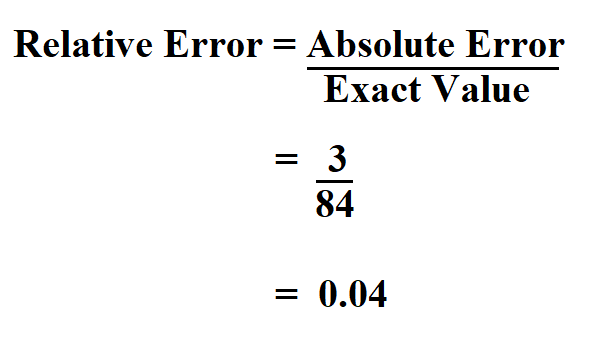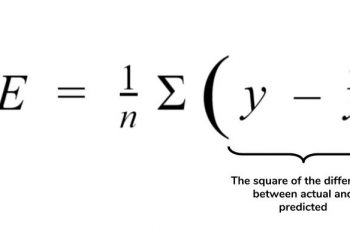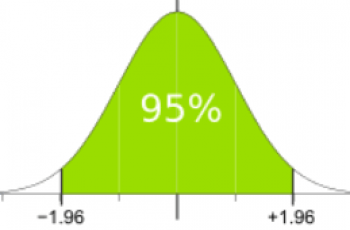What is Relative Error?
To calculate relative error, we would first be required to know its meaning.Relative error is a measure of precision and at times it is can be used as a measure of accuracy.
To calculate the relative error, you first need to determine the absolute error. Additionally, if the true measurement of the object is not known, then the relative error can be found using the measured value in place of the exact value.
When the absolute error increases, the relative error increases as well. For instance, if you use two different measuring tools to measure the same object, the absolute error would be different for each tool, since each tool has a different degree of accuracy.
While the absolute error gives how large the error is, the relative error gives how large the error is relative to the correct value. In numerical calculation, error may occur due to the following reasons:
- Round off error
- Truncation error
- Equipment error
- Human Error
The relative error is very useful when you want to be able to compare things that are measured in different units.
Formula to Calculate RE.
The RE is found by dividing the absolute error by the exact or measured value.

Absolute error is an accuracy that is ±1/2 of the smallest unit marked on the scale of the measuring device.
Example:
The height of the dog is measured as 84 cm with an absolute error of ±3 cm. Calculate the relative error.

Therefore, the relative error is 0.04.

